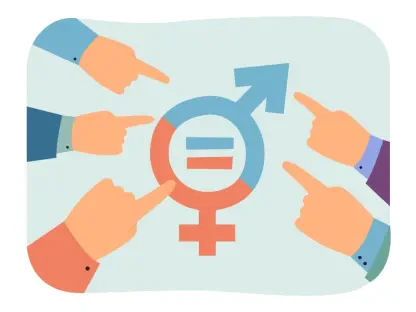As the global job market continues to evolve at a rapid pace, the education system in the Philippines has faced increasing pressure to ensure that its graduates are equipped with the skills necessary to meet the demands of modern industries. To address this issue, the Philippines is preparing to overhaul its K-12 curriculum, with the changes set to be implemented in the 2025-2026 academic year. This significant reform aims to better align education with industry needs, ultimately enhancing the employability of graduates.
Integrating Technical and Vocational Education
Jose Francisco B. Benitez, Director General of the Technical Education and Skills Development Authority (TESDA), has emphasized the importance of collaboration between TESDA and the Department of Education (DepEd) in integrating technical and vocational education and training (TVET) skills into the new curriculum. This integration seeks to provide students with essential training and national certificates that could significantly improve their employability. The revised curriculum will commence with Grade 11 students and place a stronger focus on core subjects.
Addressing Skill Gaps
Jose Sonny G. Matula, President of the Federation of Free Workers, highlights a concerning preference among employers for college graduates over K-12 graduates, stemming from perceived skill gaps. Matula stresses the need for more hands-on and industry-specific training within the K-12 program. By tailoring the curriculum to better meet employer expectations, these gaps could be mitigated, making K-12 graduates more competitive in the job market.
Despite these challenges, Matula envisions a growing role for K-12 graduates in vocational and entry-level positions as industries start to acknowledge their potential. He calls for increased government initiatives and partnerships with industries to provide certifications and apprenticeships that are essential for narrowing the skill gap.
Rethinking Teaching Methodologies
A key component of the curriculum overhaul involves revisiting teaching methodologies. Matula suggests enhancing teaching methods by reconsidering the medium of instruction and finding an optimal balance between theory and practice. Promoting critical thinking skills is seen as vital for preparing students to tackle real-world problems effectively.
Streamlining the Core Curriculum
Education Secretary Juan Edgardo M. Angara has announced that the updated senior high school curriculum will reduce the number of core subjects from fifteen to between five and seven. This reduction aims to better align the education system with the actual requirements of the workforce, ensuring that students gain more relevant knowledge and skills.
Linking Education to Workplace Needs
Justine B. Raagas, Executive Director of Philippine Business for Education (PBEd), highlights the necessity of equipping students with in-demand skills and competencies by linking classroom learning with practical, workplace-related activities. According to a PBEd survey, employer willingness to hire non-college graduates has increased from 40% to 60%, reflecting the success of advocacy efforts and direct interventions. This shift underscores the growing confidence in the potential of K-12 graduates.
Conclusion
As the global job market evolves rapidly, the education system in the Philippines faces growing pressure to ensure graduates possess the skills required by modern industries. The country is set to overhaul its K-12 curriculum, with changes to be implemented in the 2025-2026 academic year. This substantial reform aims to better align education with industry needs, enhancing the employability of students. The revamped curriculum will focus on critical thinking, problem-solving, and technological proficiency. It seeks to bridge the gap between academic theory and practical application. Emphasis will also be placed on STEM (science, technology, engineering, and mathematics) education, preparing students for careers in high-demand sectors. Additionally, vocational training will be enhanced to provide more pathways for students who choose to enter the workforce directly after high school. By equipping graduates with relevant skills and knowledge, the Philippine education system aspires to create a more competitive and competent workforce, ready to meet the challenges of a dynamic global economy.









